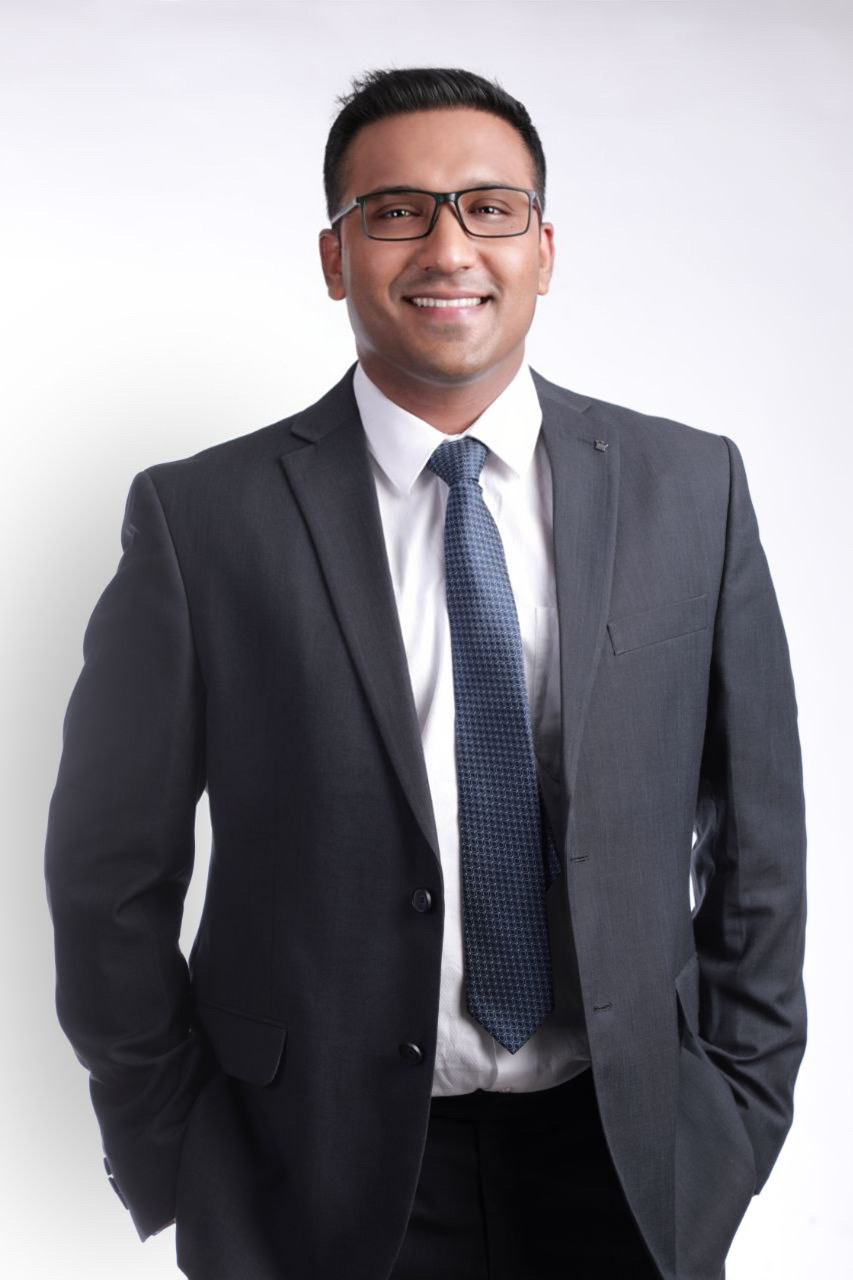
Dr Adith Venugopal is a specialist orthodontist currently working as a Senior Lecturer, Orthodontics in the Faculty of Dentistry at the University of Otago, New Zealand. He is also an Adjunct Associate Professor and Clinical instructor of Orthodontics and Dentofacial Orthopedics at the University of Puthisastra, Phnom Penh, Cambodia. Dr Adith Venugopal was previously into private practice at Pachem Dental Hospital, Phnom Penh where he practiced exclusive Labial, Lingual & Aligner therapy.
Dr Adith Venugopal has completed his Ph.D. in Orthodontics from Kyungpook National University, South Korea under the eminent Prof Hee-Moon Kyung. He completed his Clinical M.S. with an Outstanding Graduate Student Award in Orthodontics from the University of the East (2014), Manila. He earned a bachelor’s degree in Dentistry (B.D.S.) from Rajiv Gandhi University of Health Sciences, India.
Adith Venugopal has authored more than 100 publications in peer reviewed international journals and has published extensively in high-impact international journals. He has been an invited keynote speaker at many orthodontic congresses and has held courses and workshops on TAD based biomechanics all around the globe to reach high standards in clinical, research and teaching skills.
Mastering Orthodontic Biomechanics: From Simple to Complex Malocclusions, Retreatment, and Iatrogenically Compromised Cases Part I & 2
Dr. Adith Venugopal
Duration: 4 hours
Lecture 1: Introduction to Iatrogenics
-
Classification of iatrogenics
-
Diagnostic errors leading to complications
-
Extraction vs. non extraction
-
Literature review of evidence regarding the extraction-non-extraction debate.
Lecture 2 : Evolving Orthodontic Armamentarium- Pragmatism or Profiteering?
The last two decades have seen significant development in the biomaterials used in orthodontics. I plan to discuss the development and progress of a wide range of orthodontic products in this discussion, including brackets, expanders, Class II correctors, arch wires, diagnostic instruments, and more. I will detail the data for and against each of these devices, and I'll talk about whether or not they're truly helpful to our patients. Whether they've helped the profession or not, we can't help but wonder if our fixation is the consequence of clever but slanted advertising.
Learning objectives
-
Differences between traditional vs modern appliances for similar tooth movements.
-
Strategies for dealing with brand-conscious consumers who try to persuade doctors to switch to their preferred products.
-
Why it is crucial for doctors to base their decisions on research and not biased commercials, that if blindly followed may lead to iatrogenic conseqences in the treatment.
Lecture 3 : Placing the canines in order
-
Iatrogenic root exposure and correction on the third order
-
Planning disimpaction of palatally impacted canines to avoid iatrogenic complications
-
Designing torquing springs to correct severe iatrogenic root exposures
-
Designing first order root movement springs for ectopic erupted canines to move roots away from adjacent teeth.
Lecture 4 : Class III Camouflage: Eight Point Protocol to Optimize Efficiency, Aesthetics and Stability
Although Class III malocclusions are the least frequent amongst sagittal malocclusions, they tend to be challenging to treat and are more likely to need orthognathic surgery for the best treatment. Class III malocclusions can be divided into two groups: developing and non-developing. With children (ages 7 to 9) benefiting more orthopedically, early intervention is typically advised for Class III malocclusions that are still developing. Several approaches have been suggested to treat adult Class III patients non-surgically, including fixed orthodontic treatment with Class III elastics, extraction treatment, full arch distalization, and multi-loop edgewise archwire (MEAW) therapy. These procedures aid in superior occlusions and appropriate interincisal relationships, but often require added skeletal anchorage to retract the mandibular incisors. This lecture focuses on identifying and comprehending an eight -point protocol to manage class III malocclusions and strategize non-surgical treatment alternatives to increase the treatments’ efficiency, aesthetic outcome, and stability.
-
Pseudo/functional or true skeletal
-
Labio-lingual osseous dimensions in the anterior region
-
What to extract? bicuspids or third molars
-
Curve of Spee
-
Timing of extractions
-
Posterior limits to full arch distalization
-
Limits in the transverse dimension
-
Esthetic considerations
Learning objectives
-
After this course the participants will have an in-depth understanding of the principles of mechanics in the context of line of occlusion, and force generation that is crucial to the success of complex cases such as class III malocclusions.
-
After this course the participants can make an accurate evaluation of the patient in a three-dimensional perspective, to understand the limitations and dangers, which is crucial in projecting the execution of the treatment in Class III cases.
-
After this course the participants will have an eight -point guideline to manage class III malocclusions and strategize non-surgical treatment alternatives to increase the treatments’ efficiency, aesthetic outcome, and stability.
Lecture 5: Vertical Delusions: Biomechanically Controlling the Vertical Dimension to attain pleasing Facial Esthetics-I
-
Ideal set up for retraction in class I and class II bidental protrusion cases
-
TAD aided retraction with posterior intrusion to gain chin projection
-
Single mid-line TAD to maintain inclination of upper incisors.
-
Case studies
-
Iatrogenic effects involved with cant corrections.
-
Risks Vs. Benefits of correcting severe skeletal cants using TADS
-
Special considerations while correcting severe gummy smiles using skeletal anchorage.
-
Ideal usage of TADS to minimize risks in whole maxillary arch intrusion.
-
Case studies
-
Summary
Principles of Wire Bending (Hands-On & Clinical Case Presentations)
Dr. Adith Venugopal
Duration: 3 Hours
CE: 3.0
-
Importance of an individualized/ customized arch form
-
Fabrication of a customized arch form
-
Usage of Turret to fabricate arch forms on rectangular wires
-
First Order Bends (Insets, Offsets, toe in, toe outs)
-
Different loop designs - indications and activations
-
Fabrication of loops (Bull loop, stop loop, omega loop, boot loop, L loop, T loop, Shoehorn loop)
-
Third Order Bends (Differential & individual tooth torque)
-
Second Order Bends
-
Arch Coordination
-
Fabrication of the Tweed Retraction Wire (for anterior retraction following canine retraction)
-
Fabrication of T loop retraction arches for en masse retraction
-
Intrusion & Utility arches
-
Clinical Case Presentations
This course comprises practical exercises, demonstrations and theory-based instruction. Participants will progress through a series of wire bending exercises with a view to improving and honing their skills in the correct and proper techniques to fabricate arch wires for clinical use.
At the end of the course, participants will be more confident in their wire-bending skills; know how to adjust rectangular arch wires to improve effectiveness; understand the indications for alternative mechanics; and bend friction-free arches that provide efficient traction for tooth movement.

